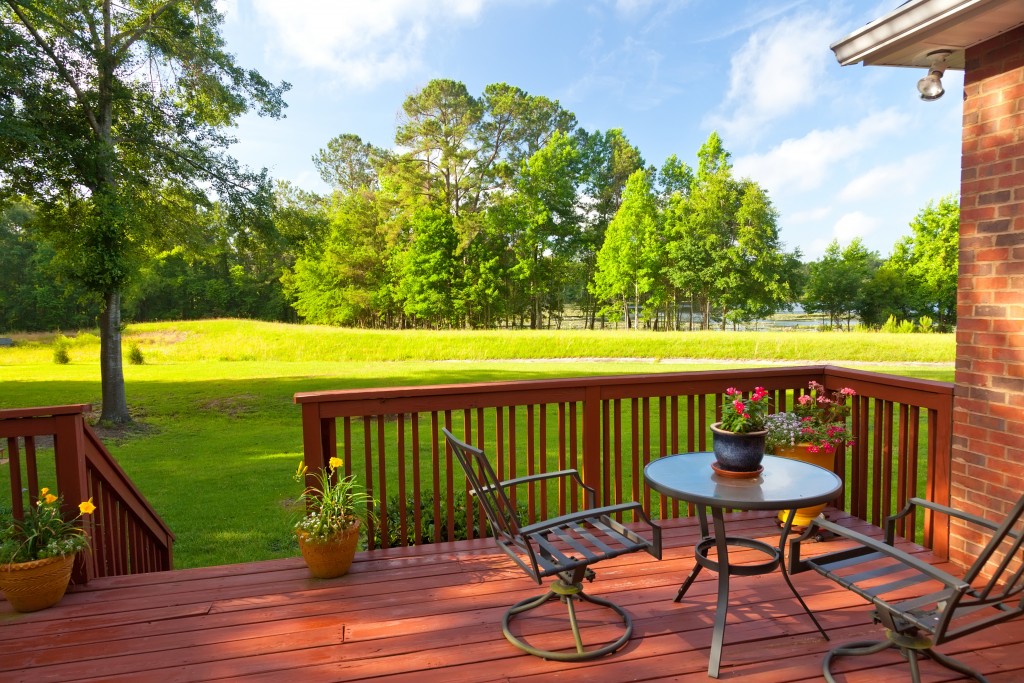Almost all homeowners are now looking for a way for them to enjoy outdoor elements. This generally means building an outdoor living space. The leading options in this instance are patios and decks. Decks are outdoor open platforms that extend from your home’s side.
Porches, on the other hand, lie directly on the ground and can be attached or detached from your home. Since decks, unlike porches, do not have roofs, it is essential to use a waterproof decking material for their construction.
Even so, decks are primarily made of wood whose ability to withstand weather elements, and pests largely depend on their type and the treatment they undergo. One of your best alternatives is plywood since it is inexpensive and will lower your costs when building a large deck.
The following are your best plywood alternatives when constructing your deck and patio.
Structural Plywood
This is available in several veneer faces and stress grades. In exposed constructions, structural plywood is treated to guarantee its optimal service life and minimize the risk of checking. This plywood type has excellent damage resistance and allows its nailing close to the panels’ edges.
Structural plywood also features twice the strength of timber and will thus support the placement of heavy objects on your space and is non-corrosive and chemical resistant.
Interior Plywood
Despite its name, this has a place in your outdoor living structure. It, however, only suffices for non-structural applications that call for an esthetic and high-quality finish. Interior plywood with types A and B faces should not be exposed to moisture, but those with types C and D faces can be used in wet areas.
You can nail interior plywood close to its panel edges and glue it using standard wood adhesives. This plywood variety can be decorated using a range of finishes. It is often used for patio walls but can also apply for the cladding of walls around your deck.
 Exterior Plywood
Exterior Plywood
This also applies to non-structural applications that call for high aesthetics. This plywood is made of a high-quality grade B, S, or A face and a grade D or C back. The veneers in exterior plywood are attached using a temporary type B bond or a permanent type A bond.
When used in exposed sections of your outdoor living structure, the plywood should be treated to make it fungal resistant.
Marine Plywood
This is a multi-purpose plywood that has a permanent bond. It is designed for water vessels and has excellent water resistance and anti-fungal properties. This is because marine plywood does not have pores that will expose its interiors to these elements.
Marine plywood suffices for structural applications and will hold up to the weight of furniture and traffic. This is considered the gold standard for deck material since it will withstand most of the outdoor elements that will damage other wood types.
Though several material alternatives are available for outdoor structures, the above plywood types are your best choices. Plywood can also be treated in several ways during its manufacture to boost is efficacy for outdoor use. Pressure-treating and impregnation of the veneers are the leading treatments for plywood.
